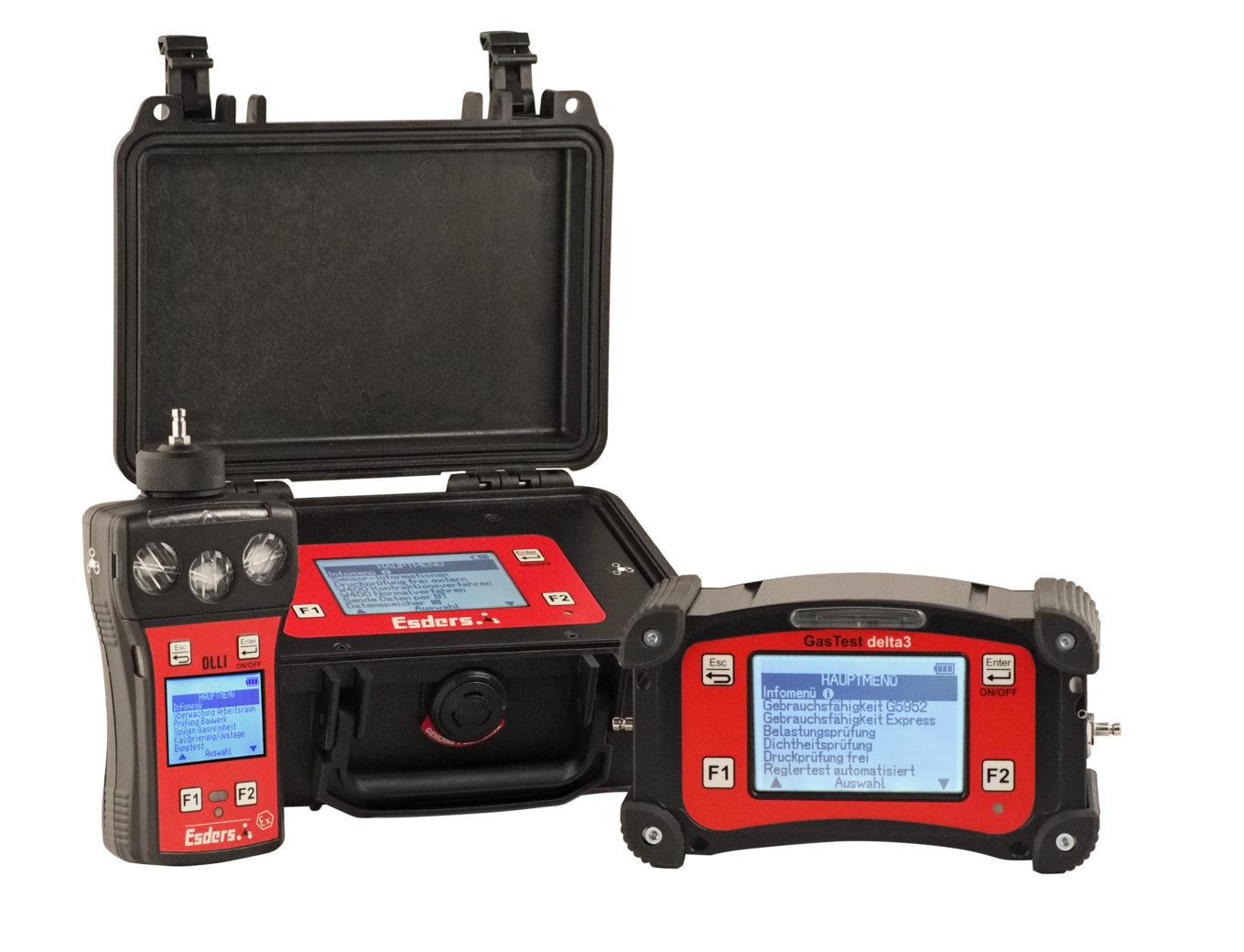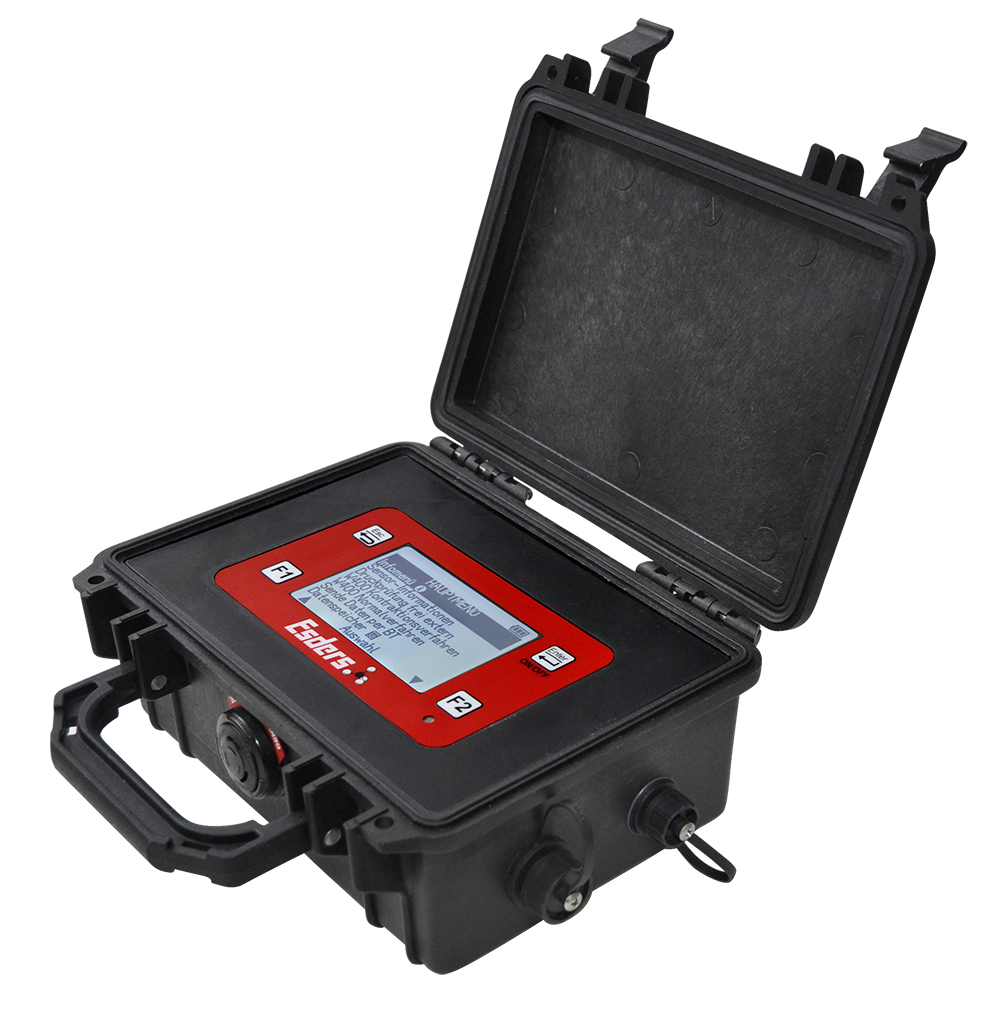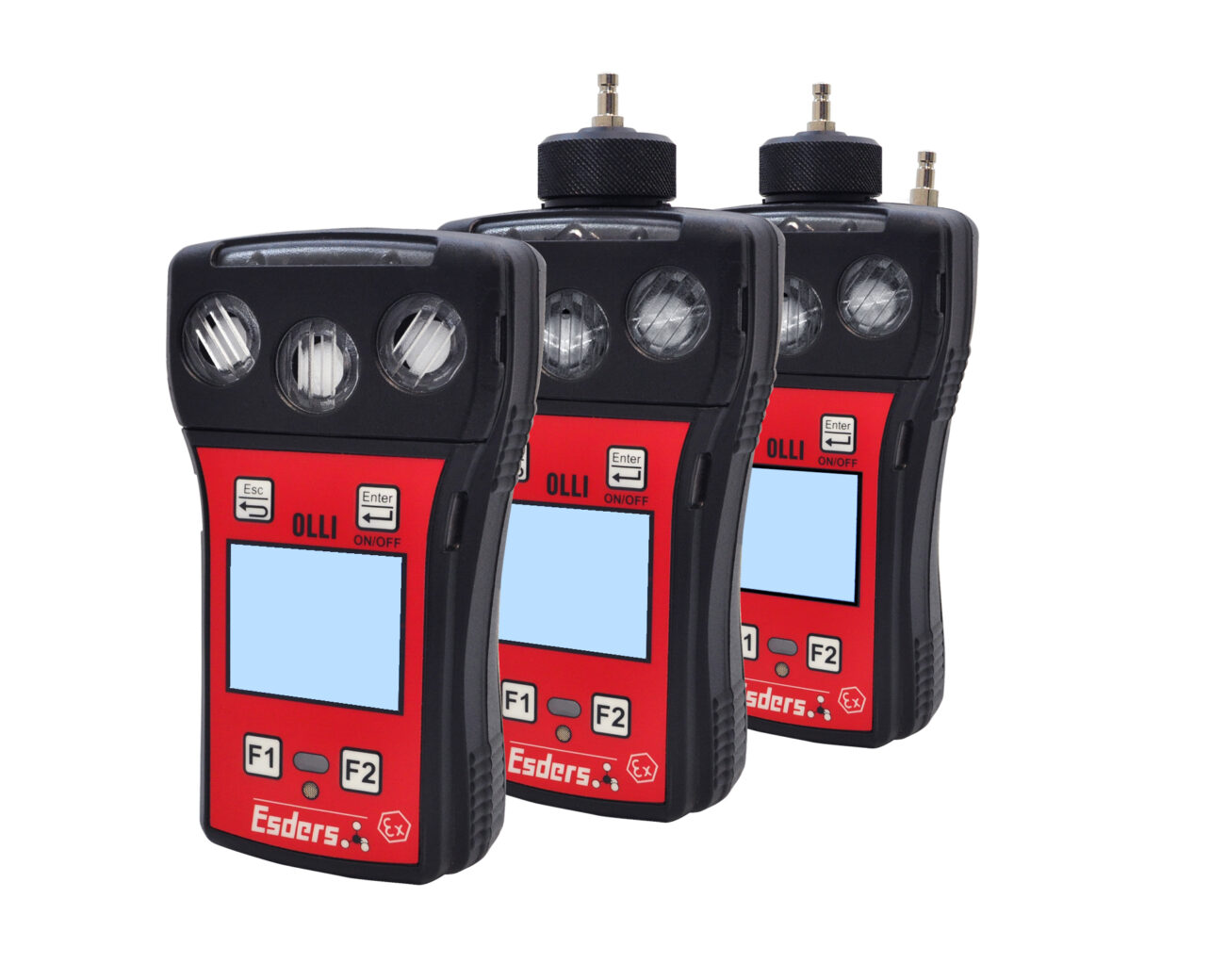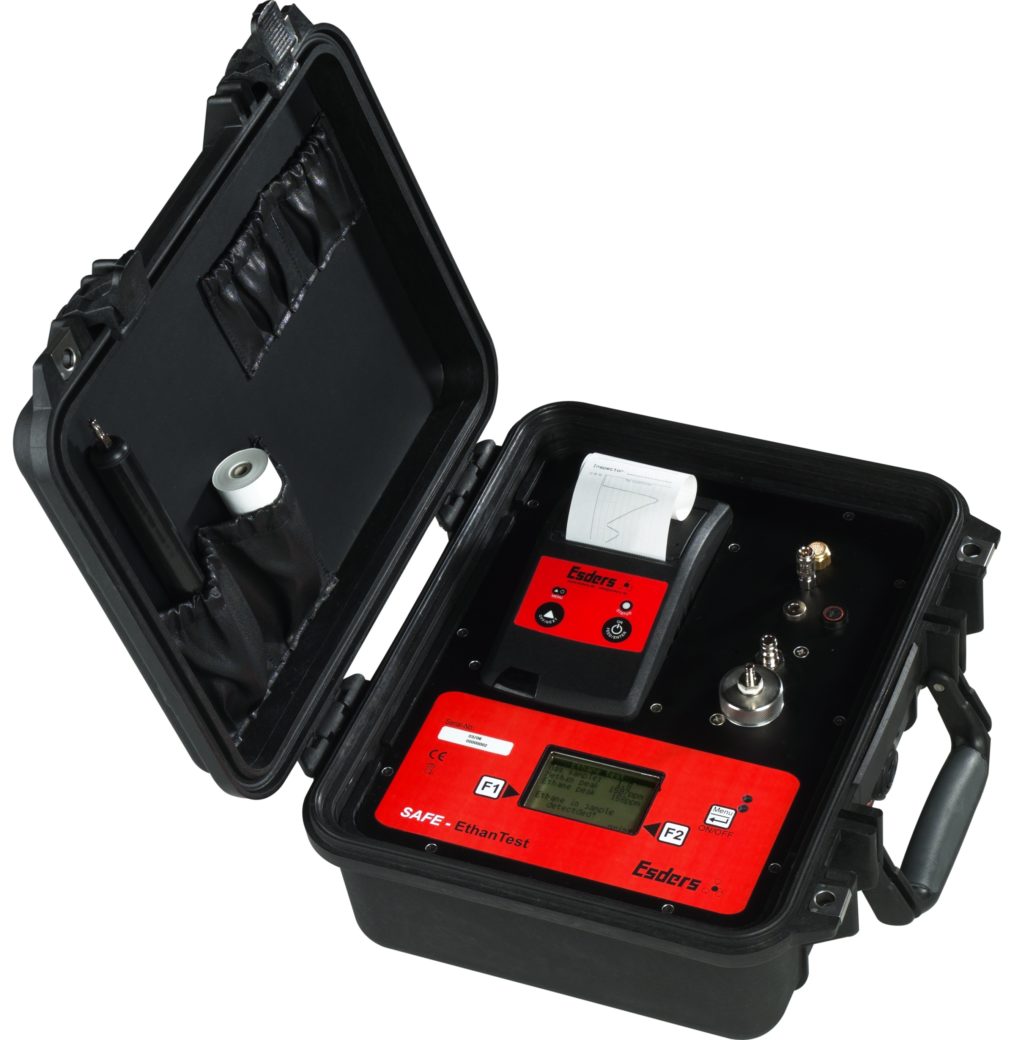
Desenvolvemos e produzimos tecnologia de dispositivos inovadores para o uso diário! Portanto, é muito importante para nós que você o use de forma eficaz e lucrativa. Queremos apoiá-lo em seu trabalho diário com nossos dispositivos de medição da melhor maneira possível. Nosso menu de navegação é simples e uniforme, independentemente de ser um detector de gás ou um sistema de medição de pressão.
O que é um tutorial?
Para oferecer ainda mais assistência, gravamos vídeos, os chamados tutoriais. Estas são pequenas “instruções de operação” em formato de imagem em movimento – por exemplo, na forma de um vídeo ou gráfico animado – e têm como objetivo orientá-lo para a solução de um possível problema.
Passo a passo
Explicamos nossos dispositivos de medição ou itens de menu individuais em detalhes. Os vídeos são adaptados ao nosso funcionamento comprovado e ao nosso manuseio uniforme, para que possa ajudar-se de forma rápida e fácil. Em caso de dúvidas ou incertezas posteriormente, nossa equipe de vendas interna e externa de tecnologia, suporte e consultoria também está disponível para você por telefone a qualquer momento.
Apoie onde e quando quiser
Assista aos vídeos quando e onde for conveniente para você, seja antes de usar os dispositivos ou entre no canteiro de obras. Nossas explicações e possíveis soluções levam diretamente ao objetivo desejado. Além disso, os vídeos são mais eficazes do que o texto, porque o que você vê permanece mais tempo na sua memória do que o que você lê.

Método de gás traçador

smart memo

First of all, we do not use the normal hydrophobic filter membranes any more but the new improved EFi 1.
This not only protects the device from water but also from dust.
The dust filter also protects the membranes.
To change the dust filter we screw on the union nut.
Here you can check if the dust filter is covered with dust.
You can change the dust filter separately and you should do this relatively often, because the more often you change it, the better you protect the hydrophobic membranes which are very sensitive.
Then you take the union nut and tighten it hand-hot.
If you want to change the whole EFi we proceed exactly the same way as with the dust filter, take it out and you can now remove the rest of the filter unit.
Here you also see the two hydrophobic filters again.
Then you take a new EFi 1, insert it here and screw the union nut on the device, tighten the whole thing hand-tight.
This does not have to be pressed very hard.
To check whether the union nut is tight and sufficiently sealed, you turn on the device and carry out a pump test.
This way you are able to block the gas path completely, which means that no air is drawn past the union nut.
And with that the filter change is completed.
I select the menu option Bump Test in the main menu. First I start with the sensor run-in phase in which the sensors have to be purged in pure air.
In the menu point Bump Test, the device is checked for the following:
Free flow of the gas paths in the measuring device,
Reactivity of the measuring device to test gas,
Intact sensors, alarms (optical, acoustic and vibration)
First the zero point can be set.
Then press Start.
The device displays “Please add test gas”.
In the case of the OLLI I apply the 5K gas (5 components gas).
Test gas can 5 components 1,65 Ltr 35 bar
2.2 % CH4, 150 ppm CO, 2.5% CO2, 15% O2, 25 ppm H2S, rest N2
Capacity: 58 litres
Only when the checkboxes are filled in, the bump test is passed and can be verified.
The bump test can now be completed with Enter.
Please remove test gas.
Now the bump test is completed successfully.
Nice to know














